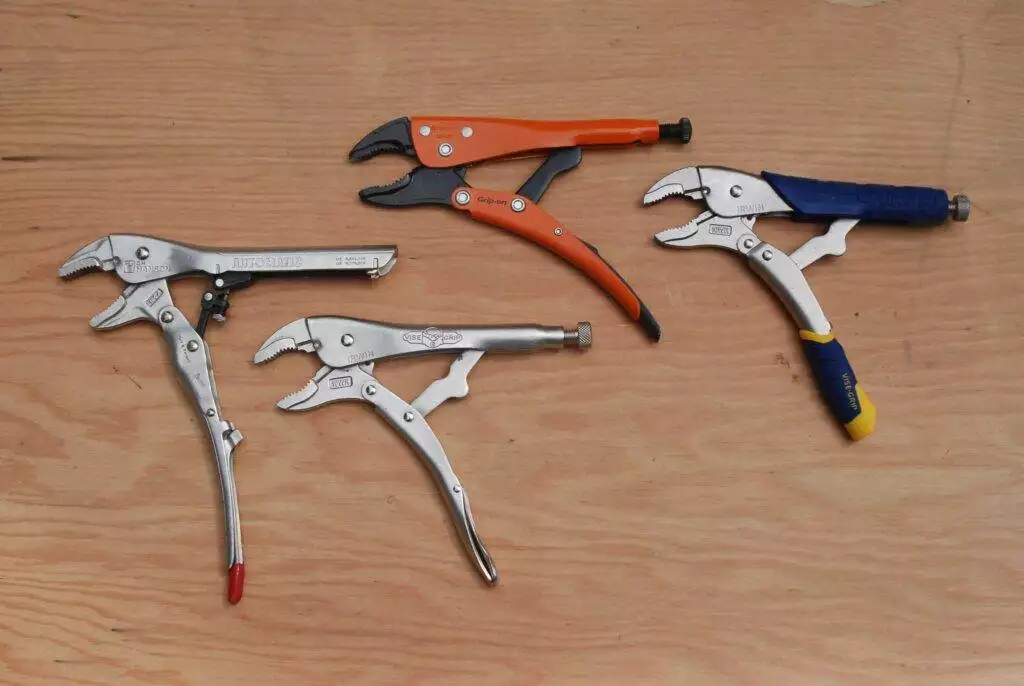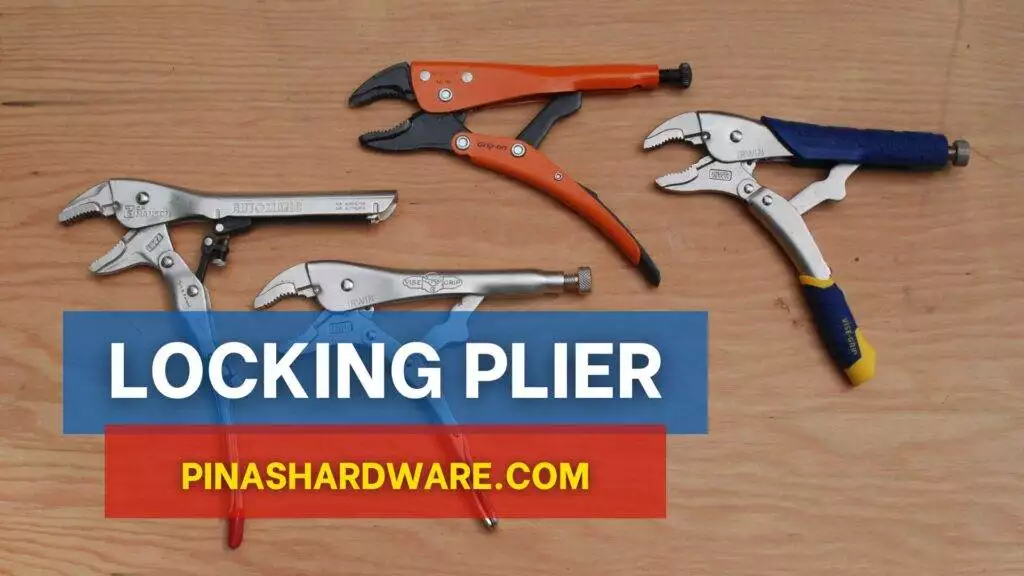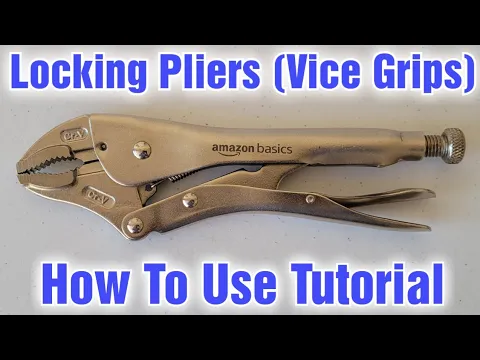A locking plier is a multipurpose manual instrument that is mostly used for firmly grasping and holding things in line. It is sometimes referred to as a mole wrench or vise-grip plier. Pressing the handles of these pliers activates an adapted locking feature that allows them to securely clamp onto a range of objects while retaining a steady grip pressure without repeated personal effort. Locking pliers are an essential tool for handling, clenching, stretching, and spinning things with firmness and accuracy. They are frequently used in drainage, routine repairs, automobile reconstruction and building. This allows for streamlined and efficient production processes.
Locking Plier Prices
Locking plier prices range from ₱112.00 to ₱580.00, with options available for various maximum opening capacities to suit different needs and budgets.
| Details | Maximum Opening | Prices |
| Daiso | 20mm | ₱288.00 |
| Vise | 7 to 10mm | ₱112.00 |
| Radar | 7 to 10mm | ₱135.00 |
| Bernmann | 25mm | ₱344.00 |
| Toptul | 29mm | ₱580.00 |
| Tolsen | 7 to 10mm | ₱275.00 |

Advantages of Locking Plier
Secure Grip – During a variety of operations, locking pliers provide a stable and solid grip on items, prohibiting swaying.
Versatility – There are several uses for these pliers, such as holding, clamping, bending, and twisting items of various sizes and forms.
Hands-Free Operation – Locking pliers let users operate without using their hands after they are locked onto an object, which frees them up to concentrate on other parts of the project at present.
Adjustable Jaws – The majority of locking pliers have adjustable jaws that let users alter the grip size to meet the demands of a given task.
Increased Leverage – Locking pliers’ lengthy handles and locking mechanism provide them more leverage, which makes it simpler to work with difficult-to-reach or recalcitrant things.
Disadvantages of Locking Plier
Limited Jaw Opening – Locking pliers can come with a jaw opening that is too small for bigger stuff or confined areas, which may hinder their utility.
Potential Damage – If too much power is used, the forceful grasp of locking pliers may occasionally rip through fragile materials or coverings.
Diminished Precision – Locking pliers provide a firm grip, but their precision may be inferior to that of other specialist equipment, which makes them less useful for complex jobs.
Hand Restlessness – Excessive and painful hand tiredness can result from using locking pliers for an extended period of time, especially if they have heavy handles.
Danger of Pinching – If the locking mechanism is released improperly, it may cause pinching or trapping of the fingers.
Video about Locking Plier
FAQs
Which locking pliers are the most common varieties on the market?
Curved jaw, long nose, and C-clamp locking pliers are the three primary varieties; each is made for a certain purpose and grip need.
What components are commonly used to make locking pliers?
Some locking pliers include rubberized grips for comfort, and they are often manufactured of premium steel alloys for strength and longevity.
How can I select the appropriate size of locking pliers for my necessities?
Locking pliers with jaws that suit your usual work pieces without being too big or little should be chosen after taking the size of the objects you’ll be working with into account.
Are fragile materials a good fit for locking pliers?
Locking pliers offer a firm hold, but because they can apply a lot of pressure, they might not be the best choice for fragile materials. Instead, use protective padding or specialist equipment for delicate tasks.
Is it possible to use locking pliers in greasy or damp conditions?
It is true that many locking pliers include textured handles for better grip in greasy or damp environments and coatings that resist corrosion, but you should always confirm compatibility by consulting the manufacturer’s specs.


